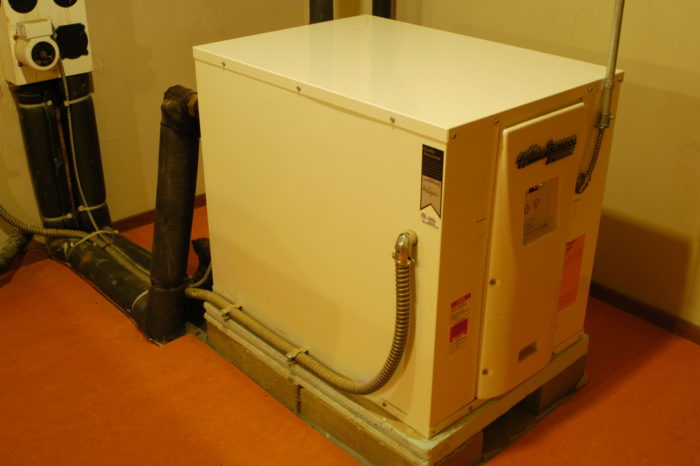
A tight, well-insulated building envelope is fundamental to a high-performance house. So is a heating and cooling system that keeps it comfortable with a minimum input of energy. What happens when the construction budget can’t handle the added costs of high-quality windows and extra insulation as well as high-efficiency mechanicals?
That basic question is what’s plaguing Dave W as he works to complete plans for his new home.
“Which would you recommend for spending $$ on first: better windows and insulation to reduce heating/cooling requirements, or higher efficiency systems (including geothermal) to reduce costs for meeting the requirements?” he asks in a Q&A post at GreenBuildingAdvisor.
“Perfect world would obviously mean doing both,” he adds, “but limited resources ($$) means we’re probably going to have to make [a] choice between options.”
That’s the subject of this week’s Q&A spotlight.
Weighing the allure of a ground-source heat pump
A geothermal system (more accurately referred to as a ground-source heat pump) is especially intriguing for many homeowners, including Dave. The systems are electrically operated, so they don’t burn any fuel directly, and they can return several times more heat than the energy required to operate them.
This energy output-to-input ratio, called the coefficient of performance or COP, is what makes ground-source heat pumps so attractive. The systems are also better suited to cold climates than conventional air-source heat pumps, some of which need a boost from electric resistance elements when temperatures fall into the 30s.
The main reason for the high cost of a ground-source heat pump is the expense of installing the ground loop, whether installed horizontally in trenches or vertically in bore holes. And improvements in air-to-air heat pump…
Weekly Newsletter
Get building science and energy efficiency advice, plus special offers, in your inbox.

This article is only available to GBA Prime Members
Sign up for a free trial and get instant access to this article as well as GBA’s complete library of premium articles and construction details.
Start Free TrialAlready a member? Log in





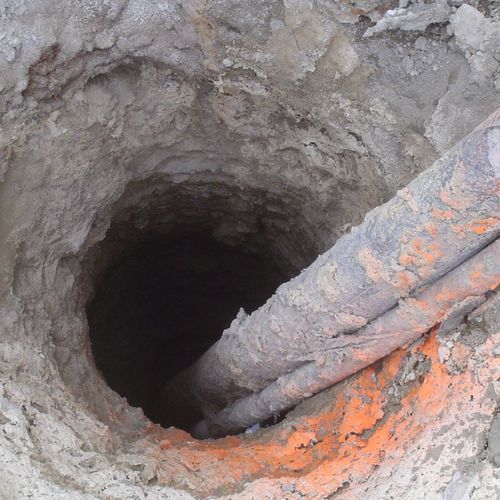
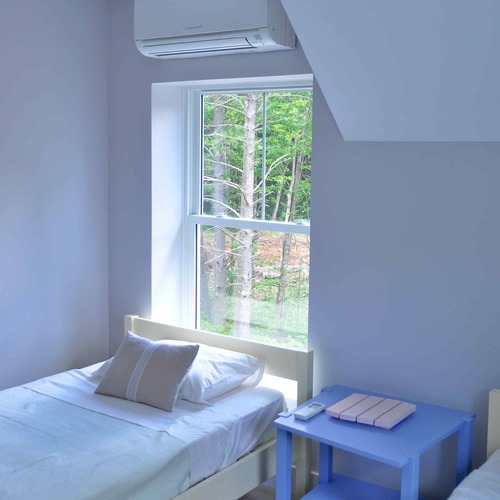
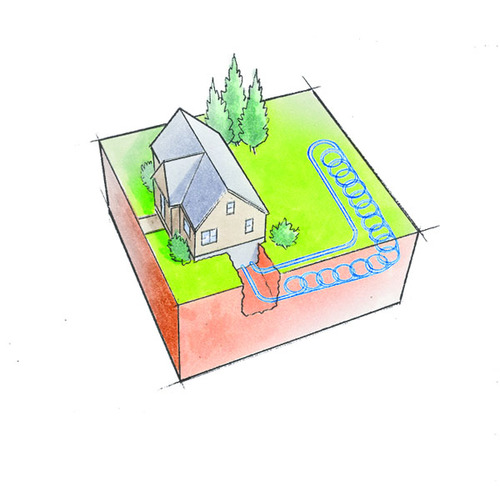
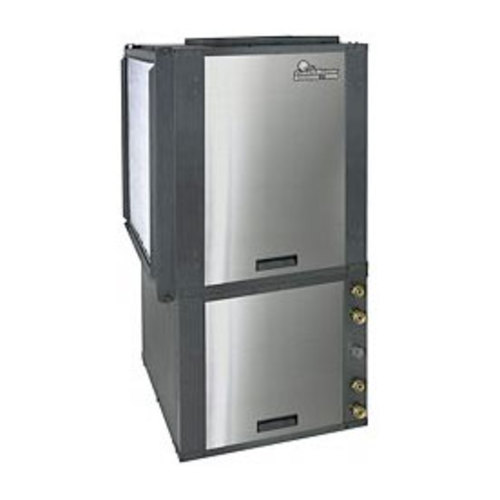






13 Comments
The last paragragh speaks volumes
Invest in a quality envelope when building new, trying to retrofit later on is very labor intensive and expensive. Many of the retrofit projects featured here on GBA point out the high cost.
Never Overlook Passive Solar
There is one heating technology that easily competes with envelope improvements: Passive Solar.
It is basically free, whereas insulation and air sealing cost money.
It helps if you are in a sunny climate. Window glazing choice is important, with high SHGC glass needed on the south facing windows.
Extra windows on the south side don't really cost extra because the $400 per window (probably) adds more than $400 to the value of the house.
COP issues with GSHP
From what I recall, GSHP COP and SEER values do not include ground loop pumping energy, which can significantly reduce the operative COP and SEER, making these systems less desirable in comparison to the alternatives. If you have a home built to standard spec, the GSHP will probably be your best bet for site energy savings...maybe for cost and maybe for source energy, too. These systems are best matched to homes with a sizable heating load, and hopefully a decent cooling load as well, otherwise you risk over-cooling the ground and reduced system performance with time.
to add to what was quoted for
to add to what was quoted for my geo pump, that is only for a 2 ton unit, so only 2 horizontal wells at $1300 each. Vertical wells can be 2x that much, min. The problem with air to air heat pumps and cold climates is the drop in performance. The Mitsubishi hyperdrive units can go down to -14, but they also drop to 58% of their rated heat output, starting at 12k btu. As Martin points out, electric baseboard heaters can be added, but this is not really something I would to do. The commercial units however do not have the large drop as the residential ones do, but they are also 3x the cost at around $8k installed per single head/compressor.
Ground source heat pump systems
Although the popular press sees them as cutting edge green technology, it is becoming ever more difficult to defend the use of ground source heat pump systems with every increase in the SEER of air source heat pumps. Mitsubishi claims a SEER of 26.0 for one of their units with 100 percent of rated heating capacity down to 5F. In Connecticut, the actual annual hours below 5F can be counted on fingers and toes, so in a well insulated house, you could turn on a few extra light bulbs and stay comfortable.
The mechanical room of a ground source heat pump system, full of valves, gauges, dials, compressors, pumps and other exotic machinery will surely warm the cockles of an enthusiast's heart. But when something goes awry, you can't call the plumber on the corner to fix it. You will most likely need a Ph.D engineer to figure it out. In mailing out his consultation fee you will see your annual fuel savings disappear.
Disadvantage of minisplits
I do both new construction and deep energy retrofits in north Florida with both geothermal and very high efficiency airsource heat pumps.
I'm intrigued by the recent runup in minisplit efficiency, particularly in light of their ability to much more closely match variations in building load using inverter-equipped true variable capacity compressors.
However, Minisplits don't give me the same air delivery flexibility of zoned a central ducted system. Minisplits can't provide the low CFM needs of laundry rooms, walk in closets, pantries, commode closets, etc. With a 6+ month cooling season, conditioning (cooling AND dehumidifying) those smaller rooms is a non-negotiable requirement.
I'm looking for mainstream manufacturers of both air source split ducted systems and geothermal systems to soon incorporate inverter-driven compressors. Then those systems will almost certainly experience SEER and COP rises recently enjoyed by minisplits.
GSHP cost, minisplit noise
I am almost done with construction drawings for a new house, R40 walls, R50 roof, 1ACH50. Should start construction in November.
I'm a commercial builder and have installed GSHP systems for large buildings, with well fields and pipe runs to the building costing $100,000 to $200,000. The large upfront cost often causes GSHPs to lose out to more conventional systems during budget pricing.
I expected to see a large cost when I priced the wells for my house. Early calculations showed a need for 3 tons of capacity. Pricing for wells and pipe came in at $6,000 for 3 tons. Better windows and some other adjustments now put the load at just over 2 tons, so I expect to spend $4-$5,000 for the wells and pipe, a cost I find very reasonable.
I will also use a desuper to heat the domestic hot water. Almost free hot water during the summer and the efficiency of a heat pump water heater during the winter without cooling the room.
I may have still considered mini-splits but for one reason: exterior compressor noise. I am sure that the manufacturers have made them as quiet as possible but they still make noise. I really dislike having the compressors cycle off and on in the background while I'm relaxing on my porch on summer evenings with a beer and friends . Not happening at the new place.
I have installed ductless mini-splits in school renovations. Simple and efficient and no convoluted duct runs. The one complaint we get is the noise of the interior unit. It may be quiet, but it's not as quiet as a properly balanced, ducted supply.
Andrew
what about ground based systems in hot areas?
I see that the talk about ground based heat pumps is primarily focused on heating in cold areas.
what about cooling in hot areas?
I live in southern California and (when the market improves a bit) will be building a house here. Since I have to go down 6 feet below the bottom of the foundation to compact the soil (and am planning to go down ~5' for a basement space as well), I was figuring that it wouldn't cost me very much to put in heat transfer coils (5' below the basement, 10' below grade) to help cooling, especially on the 100+ degree days we sometimes get out here when air-air cooling systems just aren't that efficient.
Agreed, what about us in Southern California?
It seems that just about every article that I read concerning geo-thermal is targeted towards those that live in rather cold areas. Even in this article, the question was where to spend money, building envelope or more efficient HVAC. The author and commenters all go right to the heat pump and heating in general. Well, we seldom turn our heaters on, but we do use the AC in the summer. So it would be great to see this question answered from a cooling perspective, rather than a heating perspective. Aren't geo thermal systems a good answer to cooling needs as well?
Agreed. Building envelope
Agreed. Building envelope design is the most important. We finished our second ICF home in January 2008 in northeastern Iowa. We can heat over 6000 sq ft for about $120 or so per month. We have large southern facing windows that give us significant heat gain in the winter with our home hitting 78 degrees on occasion. Add to this the fact that the midwest has a lot of tornadoes and our structure, eco-block, has been rated to 250 mph winds, and we feel much safer than we would in a traditional stick built house. A GSHP would have added $20,000 to the home price while our ICF bid was actually less than one of the stick built bids. Cooling is not as efficient but we keep the house at 70 degrees and rarely has an electric bill exceeded $400.
My $ is on ICF.
false dichotomy?
Agreed that spending on envelope beats spending on equipment, but there's a third option. Give up something else, like sq ft or finishes, and do both.
Stuck in the middle ?
So what about us in the middle that have a mixed humid climate ?
We need something that is efficient at both heating, cooling, and ideally dehumidifying ?
And we can not ignore the fact that most GSHP's these days also generate domestic hot water from waste heat half the year. Also, in this area there is not exactly a lot of people that are doing the split mini systems, so they command a premium over the GSHP contractors around here.
Response to Jared Humphrey
Jared,
The least expensive way to heat, cool, and dehumidify your home -- assuming you live somewhere where contractors are reluctant to install ductless minisplit units -- is with a natural-gas furnace and a high-SEER air conditioner.
Log in or become a member to post a comment.
Sign up Log in